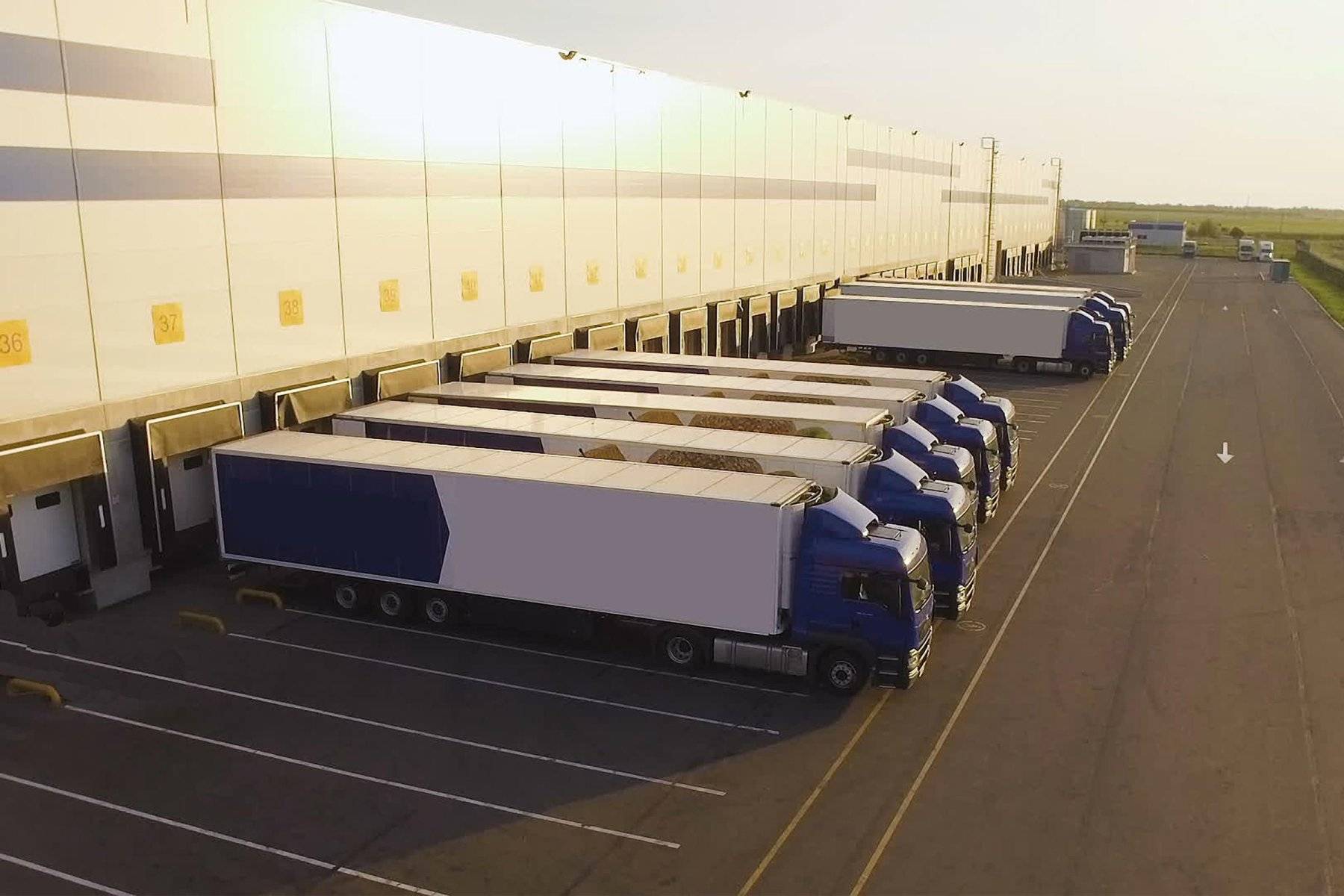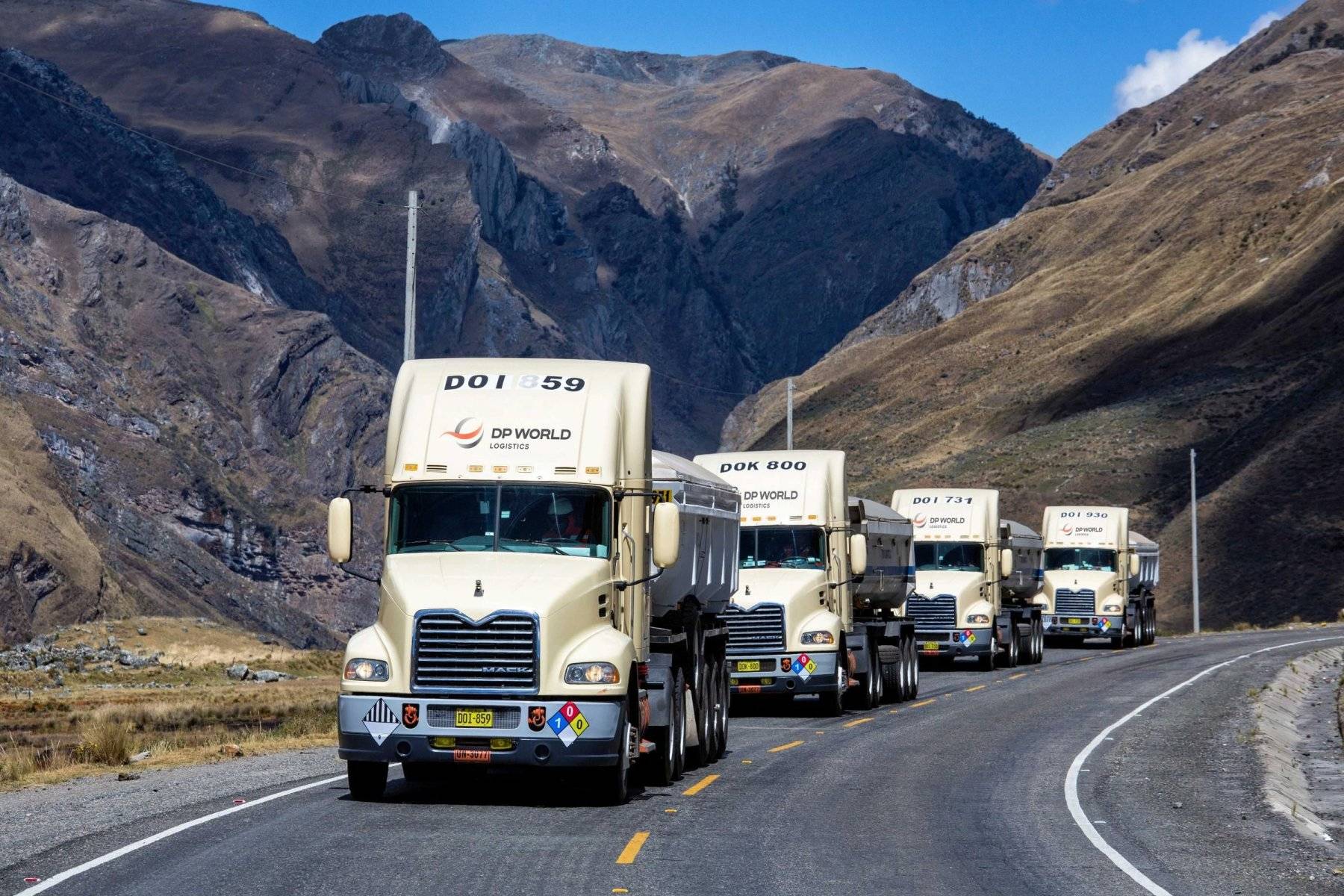In the dynamic world of modern logistics, the movement of goods from one point to another is a complex process that involves various modes of transportation. One of the fundamental modes that play a crucial role in this supply chain journey is land transportation. From trucks rumbling down highways to trains chugging along railways, land transportation forms the backbone of logistics operations.
In this blog post, we will delve into the intricacies of land transportation in logistics, exploring its types, significance, challenges, and the evolving landscape.

The Types of Land Transportation
Transportation by land encompasses a range of methods, each tailored to specific needs and circumstances:
- Trucking: Trucking or road transportation is the most common form of land transport. Trucks carry goods over short and long distances, connecting distribution centers, warehouses, and retail outlets. They offer flexibility and door-to-door service, making them essential for last-mile delivery.
- Rail Transport: Railways provide a cost-effective and efficient means to move large quantities of goods over long distances. They are commonly used for transporting bulk commodities such as coal, minerals, and grains. Rail transport is known for its environmental benefits due to lower carbon emissions per ton-mile compared to trucks.
- Pipeline Transport: While not as visible as trucks or trains, pipelines play a significant role in international land transportation of liquids and gases. They are commonly used for transporting crude oil, natural gas, and chemicals, offering a continuous flow with minimal human intervention.
- Inland Waterways: At first glance, this method of transportation doesn’t look like a land one, but in regions with navigable rivers and water bodies, inland waterway transportation comes into play. Barges and boats transport goods efficiently, often with lower fuel consumption and reduced congestion compared to roads.
Various methods of land transportation work together to create a diverse network that supports modern economies and logistic systems. You can find the best solution for your business by requesting a quote from leading logistics providers

Pros and Cons of Land Transportation
Land freight is the connective tissue of the supply chain, offering several key advantages:
- Accessibility: Land transportation networks are extensive, allowing access to even remote locations, contributing to wider market reach.
- Flexibility: Trucks and other road vehicles can navigate various terrains, granting the flexibility needed for diverse delivery destinations.
- Speed and Efficiency: Road and rail transport offer faster transit times for goods compared to sea or air transport for shorter distances.
- Cost-Effectiveness: Land transportation can be cost-efficient for shorter to mid-range distances, offering a balance between speed and cost.
Despite its benefits, land transportation faces challenges that impact efficiency and sustainability:
- Traffic Congestion: Urban areas often suffer from traffic congestion, leading to delayed deliveries and increased operational expenses.
- Environmental Impact: Heavy reliance on fossil fuels in road and rail transportation contributes to pollution and greenhouse gas emissions. You can explore our Distance & Time API to develop your own CO₂ calculator to estimate emissions for your delivery routes to reduce the negative impact on our environment.
- Infrastructure Maintenance: Sufficient road and rail infrastructure maintenance is crucial; inadequate infrastructure can lead to increased wear and tear on vehicles and delays.
Despite its disadvantages, land transportation remains an indispensable chain of logistics. Embracing innovations like electric and autonomous vehicles, route optimization, and eco-friendly fuels can help us balance the undeniable necessity of land transportation and the need to protect the environment and streamline operations.

Enhancing Efficiency and Transparency
Land logistics is evolving with advancements in technology and changing consumer preferences:
- Digitalization: Technology, such as GPS tracking, real-time monitoring, and route optimization software, enhances the efficiency and transparency of freight services.
- Electric and Autonomous Vehicles: The industry is exploring electric and autonomous trucks and vehicles to reduce emissions and improve efficiency.
- Intermodal Solutions: Combining different modes of transportation (e.g., road and rail) in a seamless manner can optimize costs and transit times. Try using the Logistics Explorer tool to find the best freight rates for intermodal cargo solutions.
Through automation, data analytics, and communication simplifying, we aim to provide innovative, cost-effective solutions that benefit both our clients and the environment. Check out SeaRates logistics tools and find ready-made solutions, that can also be integrated into your website via API.
Conclusion
In the grand symphony of logistics, land freight transport plays a crucial role in connecting suppliers to consumers. This type of transport ensures that goods reach their destinations efficiently. While challenges persist, technological advancements and innovative solutions are shaping a more sustainable and efficient future for land transportation in the logistics industry.
Contact us at [email protected] to learn more about advanced technologies and fulfill your business needs.

